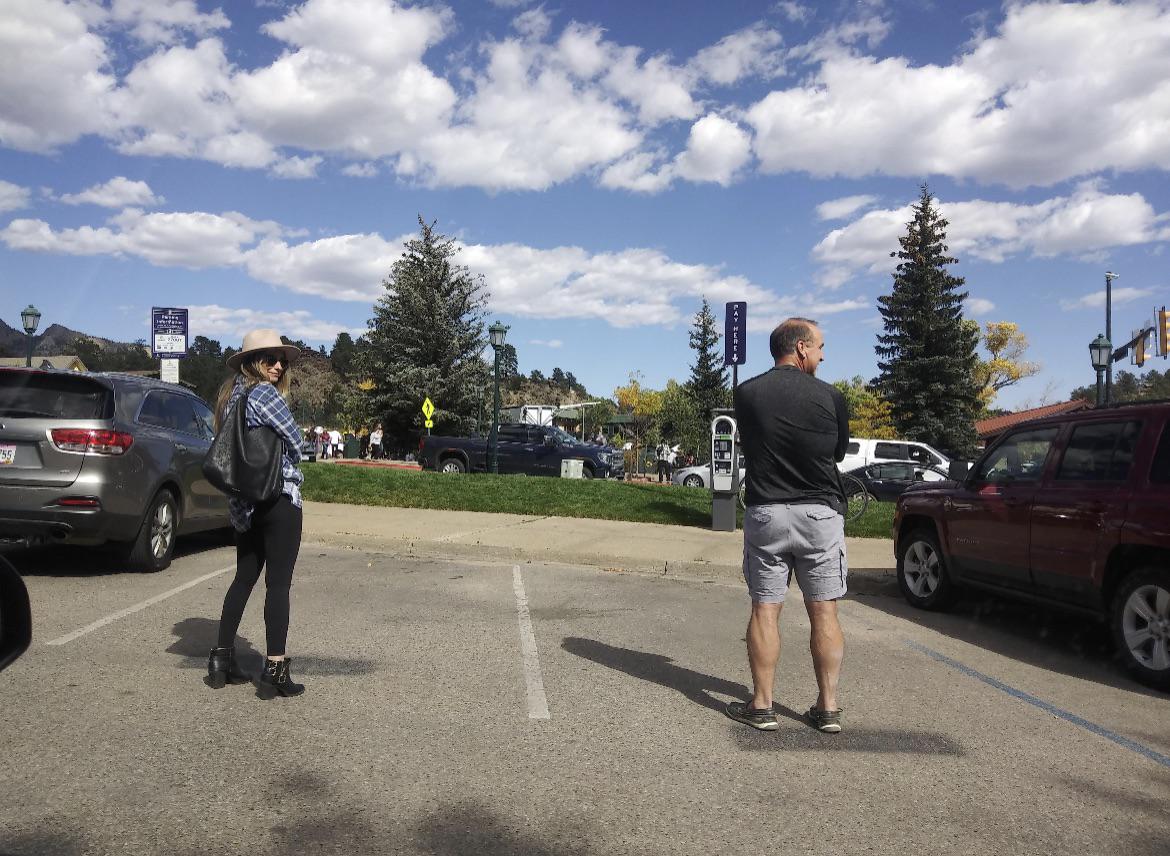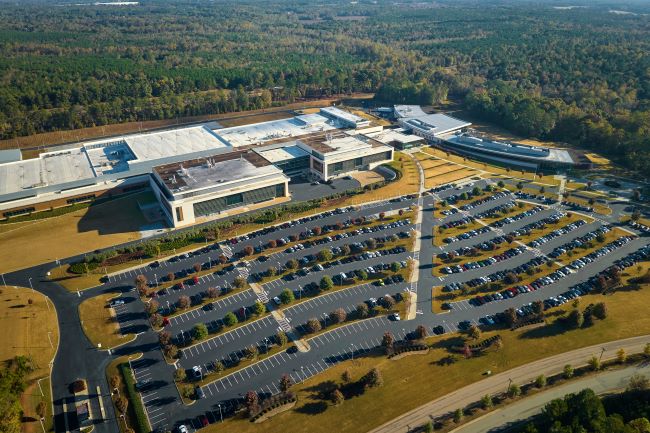
Parking lots are busy spaces where accidents can often occur due to the mix of vehicles and pedestrians. Parents have to be especially cautious when navigating these areas with children, as distractions are common and visibility can be limited. Being aware of your surroundings and maintaining a slow speed are key tips for ensuring safety in parking lots. This helps to prevent sudden accidents that might arise from unexpected movements by other drivers or pedestrians.
Parking lots in urban areas like New York pose unique challenges, and understanding fault and liability is crucial for any incidents that occur. For example, it’s important to know who has the right of way when backing out of a parking space to avoid potential collisions and disputes. Avoiding distractions such as phones and loud music while driving or walking through a parking lot can make a significant difference in awareness and responsiveness, ensuring the safety of both drivers and pedestrians. Parking lot designs often have blind spots and narrow lanes, making it essential for drivers to keep an eye out for pedestrians, especially children who might not be easily seen.
Additionally, communication with children about safety rules, such as staying close to the car until they are told it is safe and being aware of moving vehicles can greatly reduce the risk of accidents. By adopting these proactive measures, parents can create a safer environment for themselves and their families while navigating parking lots.
Strategizing Safety in Parking Lots

Parking lot safety requires careful planning and awareness of common hazards. It’s crucial for parents to educate children on safety protocols and choose the best routes and parking spaces to minimize risks.
Understanding Parking Lot Hazards
Parking lot accidents often occur due to limited visibility and congestion. Drivers may struggle to see small children, especially in busy lots. Blind spots, improper signage, and distracted driving contribute to the risk.
Factors such as poorly marked pedestrian paths and unclear signage can increase the danger. Recognizing these hazards helps drivers and pedestrians navigate more safely. Parents should remain vigilant, ensuring their children do not wander into traffic unexpectedly. By understanding these risks, parents can foster a safer environment for their families.
Teaching Children About Parking Lot Safety
Children must receive clear instructions on how to behave safely in parking lots. Emphasize the importance of holding an adult’s hand and walking within designated pedestrian areas. Make sure they understand the dangers of playing or running in parking areas.
Role-play scenarios can be effective in teaching kids how to respond to moving vehicles, using reminder cues such as “look both ways” and “stay by my side.” Consistent reinforcement of these safety rules helps ensure children are prepared and less likely to engage in risky behavior. Engaging them in conversations about safety can further protect them from accidents.
Choosing the Safest Route and Parking Space
Selecting the safest route and parking space can significantly reduce the likelihood of accidents. Look for well-lit areas and spots away from cluttered or congested zones. Opt for spaces near pedestrian access points or exits where less traffic is likely.
Whenever possible, choose lots with pedestrian crossings clearly marked and use pathways specifically designed for foot traffic. Consider potential blind spots before parking, and ensure that children exit and enter the vehicle from the curbside whenever available. This attention to detail can enhance safety and provide peace of mind while navigating parking lots.
Technological Aids and Vigilance
Modern technology and heightened awareness can significantly enhance parking lot safety. Devices like backup cameras and sensors provide critical support while maintaining vigilance ensuring safer experiences for families.
The Role of Backup Cameras and Sensors
Backup cameras and sensors are invaluable tools in preventing accidents. Most vehicles now have these features installed, providing drivers with a clearer view of their surroundings. This technology is especially beneficial in crowded parking lots where visibility can be limited. Sensors detect obstacles not visible to the driver, alerting them through beeps or visual warnings.
These features reduce blind spots and help in avoiding collisions with other vehicles or pedestrians. When parking, these aids assist in maneuvering into tight spaces, protecting both the vehicle and those nearby. While helpful, it’s important to use them in conjunction with mirrors and direct observation to ensure safety. Relying solely on technology might lead to oversight and potential accidents.
Maintaining Awareness to Prevent Accidents
Vigilance remains crucial despite technological advancements. Parents should stay alert, continuously scanning their surroundings while driving in parking lots. Children, excited or distracted, may inadvertently step into vehicle paths, making it essential to maintain a slow and steady pace. It’s important to make use of mirrors and constantly check for pedestrians.
Ensuring children enter and exit the vehicle on the curbside adds an extra layer of safety. Additionally, avoid using mobile devices that can cause distractions. By coupling vigilance with technology, parents can significantly reduce the risk of accidents. Communication between drivers and passengers about potential hazards is also beneficial in ensuring a safe parking lot experience.

